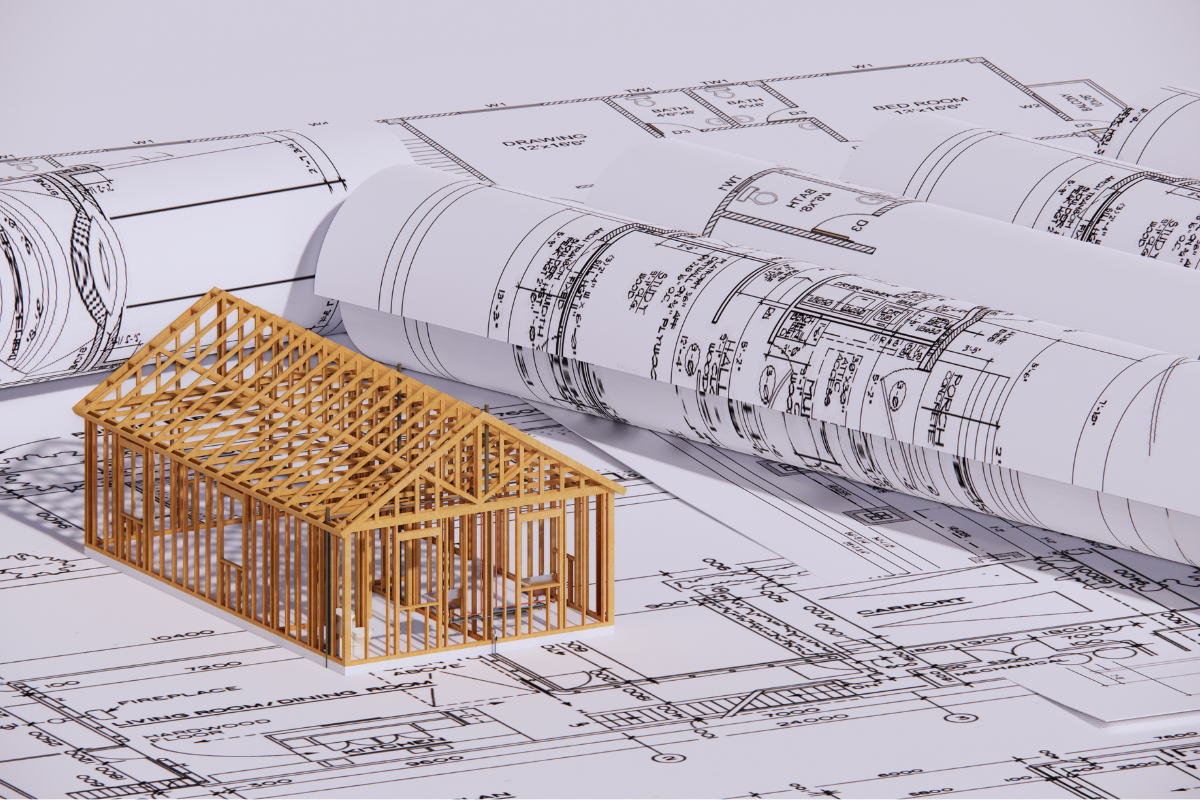Building Information Modeling (BIM) is a digital representation of a building’s physical and functional characteristics. It provides a shared knowledge resource for information about the building, forming a reliable basis for decisions during its lifecycle, from inception onward. Think of BIM as a virtual blueprint that contains everything from architectural designs to systems and materials.
Importance of BIM in Construction
BIM isn’t just a flashy tool; it’s a game changer in the construction industry. By creating a 3D model that integrates various elements of a project, BIM allows teams to visualize the entire structure before the first brick is laid. This can help prevent costly mistakes and delays during construction.
The Role of Cost and Budget Analysis in Construction
What is Cost Analysis?
Cost analysis in construction involves assessing all costs associated with a project, including materials, labor, overhead, and more. It’s an essential process that ensures all expenses are accounted for, enabling project managers to estimate budgets accurately and avoid financial pitfalls.
What is Budget Analysis?
Budget analysis takes cost analysis a step further by monitoring and managing expenditures against the planned budget throughout the project. This helps ensure that spending stays on track, and any financial discrepancies are addressed promptly.
Benefits of Using BIM for Cost Management
Improved Accuracy in Cost Estimation
One of the most significant advantages of using BIM for cost management is its ability to improve the accuracy of cost estimates. By leveraging detailed 3D models, project managers can better understand material requirements and labor costs, leading to more precise budgeting.
Enhanced Collaboration Among Stakeholders
BIM fosters better communication among all project stakeholders, including architects, engineers, and contractors. With a centralized model that everyone can access, it becomes easier to discuss changes, updates, and potential issues, thus reducing the chances of costly errors.
BIM and Cost Estimation
How BIM Facilitates Cost Estimation
BIM integrates data from various sources, providing real-time insights into project costs. For instance, it can automatically update material quantities based on design changes, allowing estimators to revise costs quickly. This level of integration ensures that cost estimations are always based on the latest project information.
Integrating BIM with Cost Estimation Software
Many construction firms are adopting software solutions that integrate seamlessly with BIM. Tools like Autodesk Revit and Navisworks allow estimators to pull accurate cost data directly from the BIM model, streamlining the estimating process and reducing manual data entry errors.
Budget Control Through BIM
Real-Time Budget Tracking
With BIM, project teams can track budgets in real-time. This means that as costs are incurred, they can be recorded and analyzed instantly, allowing project managers to identify potential overruns early on.
Change Management and Its Financial Impact
Changes are inevitable in construction projects. BIM makes it easier to assess the financial impact of these changes by providing a comprehensive view of how adjustments to one area might affect the budget overall. This proactive approach allows for better financial decision-making.
Case Studies: BIM in Action for Cost and Budget Analysis
Successful Project Examples
Several large-scale construction projects have successfully implemented BIM for cost analysis. For example, the One World Trade Center utilized BIM to manage costs effectively, resulting in significant savings and timely project completion.
Lessons Learned
These case studies reveal that implementing BIM can lead to enhanced accuracy and efficiency in cost management, but they also highlight the importance of adequate training and software investment.
Challenges of Implementing BIM for Cost and Budget Analysis
Initial Investment Costs
While BIM can lead to long-term savings, the initial costs of implementing the technology can be high. This includes software costs, hardware upgrades, and training expenses.
Training and Adaptation
Transitioning to BIM requires training staff to use the technology effectively. This learning curve can be a barrier for some firms, particularly smaller companies with limited resources.
Future Trends in BIM for Cost Management
Automation and AI in BIM
The future of BIM in cost management looks promising, with emerging technologies like automation and artificial intelligence streamlining processes. These advancements can lead to even greater efficiency and accuracy in cost estimation and budget tracking.
The Evolution of BIM Standards
As BIM continues to evolve, so do the standards that govern its use. Staying updated with these standards will be crucial for firms looking to leverage BIM effectively for cost management.
In summary, BIM is revolutionizing cost and budget analysis in the construction industry. By enhancing accuracy, facilitating collaboration, and allowing for real-time tracking, BIM empowers project teams to manage costs more effectively and make informed decisions throughout the project’s lifecycle.
https://www.novatr.com/blog/bim-for-cost-estimation


